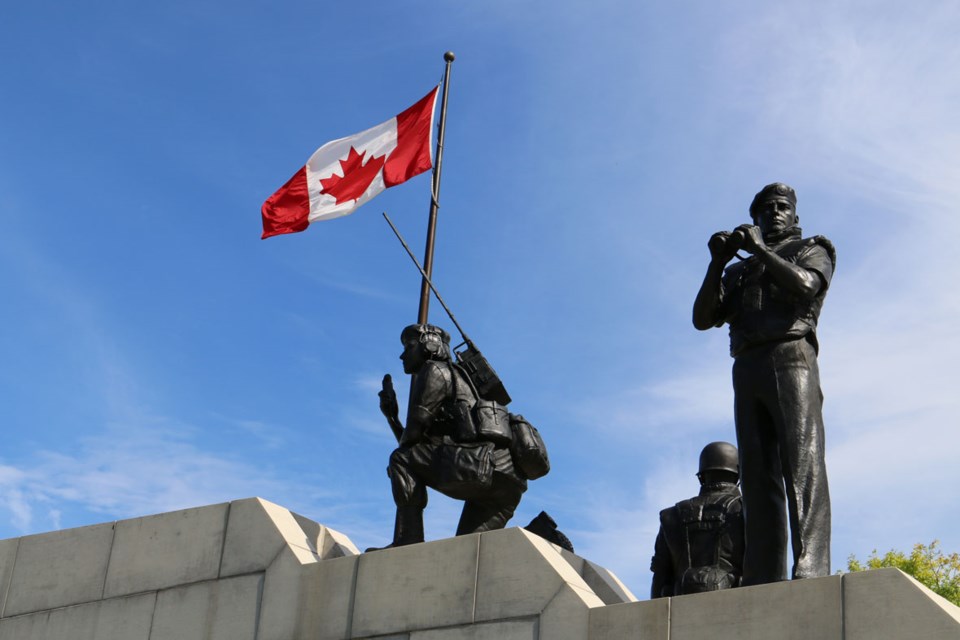Canadian military personnel have been serving as United Nations peacekeepers since just after the Second World War, passionately serving in some of the worst areas of the world.
The theme of this year's Royal Canadian Legion Branch 59’s veteran's luncheon focused on Canadians peacekeepers who have served with the United Nations.
More than 125,000 Canadians have worn the blue beret in peace operations since 1947. About 130 Canadians have died in peace operations, including 122 on UN missions. Meanwhile, 235 were serving in peace operations as of June 30, including 176 on UN missions.
This year also marks the 45th anniversary of the downing of a Canadian Forces Buffalo aircraft by a Syrian missile over Egypt, in which nine Canadian UN peacekeepers died.
While Canadians have served as peacekeepers since the late 1940s, it is their service in major world hot spots since the 1960s that has defined the image of this country as a peacekeeping nation.
One of the earliest UN peacekeeping operations in which Canadians participated was from 1947-49 in Korea. More than 1,000 personnel served during the Suez Crisis in Egypt from 1956-67. Other locations where Canadians served include Cyprus, the Congo, Somalia, Bosnia, Pakistan, Kosovo and Haiti.
While most tours of duty today are six months, in the 1960s they were one year or more, explained Bob Travale, poppy chairman for the Moose Jaw legion. His brother served two tours in Egypt from 1960 to 1962.
“Over the years, even though a lot of it was peacekeeping, a lot of it were battles,” Travale said during the legion’s Sept. 18 Veterans’ Luncheon.
This includes the Korean War, which the United Nations never considered an actual war but only a conflict or “police action.” While more than 26,000 Canadians served, 516 were killed in action.
Canada’s latest UN peacekeeping operation was in Mali. Entitled Operation Presence, the mission took place from July 2018 to August 2019. Task Force-Mali provided consistent and reliable aeromedical evacuation coverage for civilians and UN peacekeepers. This was done through the use of CH-147F Chinook helicopters for medivacs and CH-146 Griffon for armed protection.
Canada’s next UN peacekeeping mission is in Uganda and will include a tactical airlift detachment.




